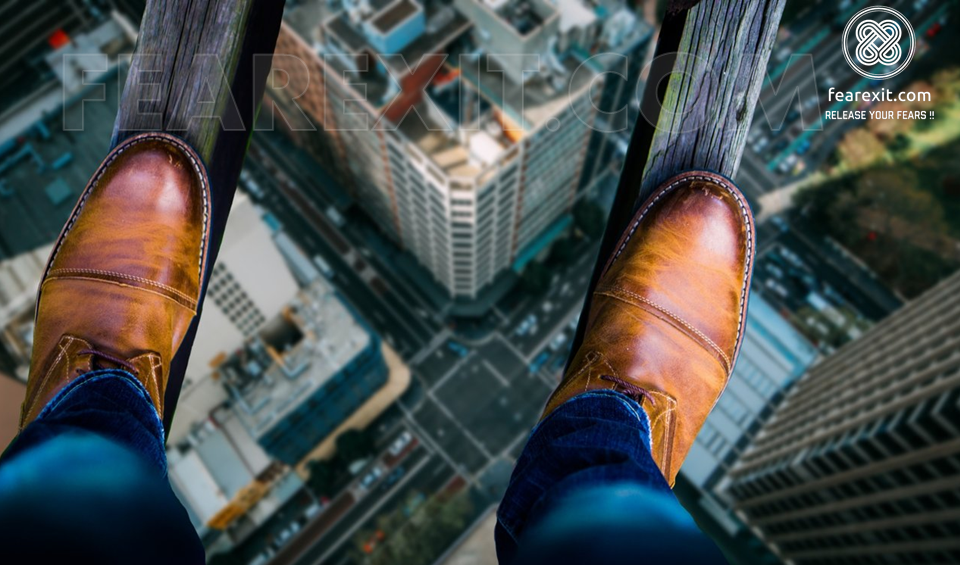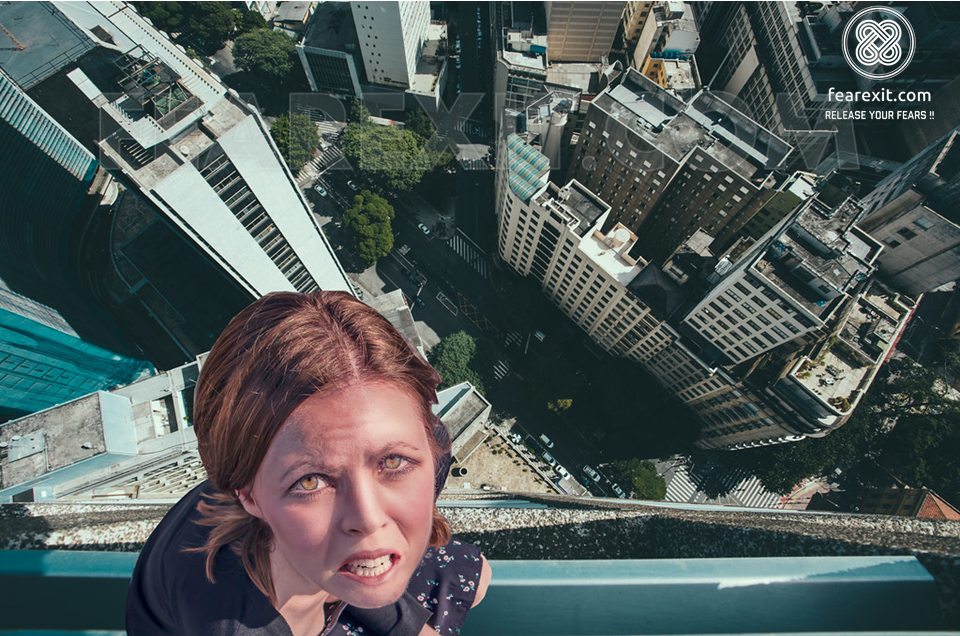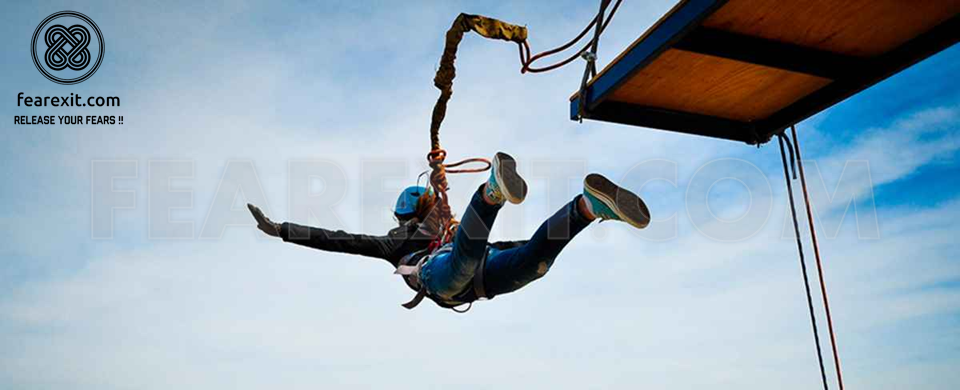Acrophobia?—?Symptoms, Risk, Causes, and TreatmentAcrophobia is defined as a fear of heights. Unlike a selected anxiety disorder like aerophobia, that is that the worry of flying, simple phobia will cause you to worry a range of things associated with...
Acrophobia?—?Symptoms, Risk, Causes, and Treatment

Acrophobia is defined as a fear of heights. Unlike a selected anxiety disorder like aerophobia, that is that the worry of flying, simple phobia will cause you to worry a range of things associated with being off from the bottom. Depending on the phobia’s severity, you may fear being on a high floor of a building as much as simply climbing a ladder.
RELATED CONDITIONS
Conditions that are related to acrophobia and may occur with it include:
VERTIGO: True vertigo is a medical condition that causes a sensation of spinning and dizziness. Illyngophobia may be a anxiety disorder during which the worry of developing giddiness will really cause vertigo-like symptoms. Acrophobia can induce similar feelings, but the three conditions are not the same. See a doctor for tests if you expertise giddiness symptoms. Medical tests may include blood work, computed tomography (CT) scans, and magnetic resonance imaging (MRI), which can rule out a variety of neurological conditions.

BATHMOPHOBIA: The worry of slopes and stairs, known as bathmophobia, is sometimes related to acrophobia. In bathmophobia, you’ll panic once viewing a steep slope, even if you have no need to climb it. Although many folks with bathmophobia have simple phobia, most simple phobia sufferers don’t additionally expertise bathmophobia.
CLIMACOPHOBIA: This worry is expounded to bathmophobia, except that it typically happens only you are considering creating a climb.
If you suffer from climacophobia, you’re probably not afraid to see a steep set of stairs as long as you can remain safely at the bottom. However, climacophobia may occur in tandem with acrophobia.
AEROPHOBIA: This is the specific fear of flying. Depending on the severity of your fear, you may be afraid of airports and airplanes, or may only feel the fear when you’re in the air. Aerophobia may occasionally occur alongside acrophobia.
SYMPTOMS

Emotionally and physically, the response to {acrophobia|simple anxiety disorder} is analogous to the response to the other phobia. You may never experience vertigo symptoms, but you may experience the following with acrophobia:
EMOTIONAL SYMPTOMS: You may feel a sense of panic when you perceive that you’re high off the ground. You may instinctively begin to search for something to cling to and find that you’re unable to trust your own sense of balance. Common reactions include descending immediately, crawling on all fours, and kneeling or otherwise lowering your body.
PHYSICAL SYMPTOMS: You may begin to shake, sweat, experience heart palpitations, and even cry or yell out. You may feel terrified and paralyzed. It might become difficult to think.

ANXIETY AND AVOIDANCE: If you have acrophobia, it’s likely that you will begin to dread situations that may cause you to spend time in high places. For example, you may worry that an upcoming vacation will put you in a hotel room on a high floor. You may suspend home repairs for worry of employing a ladder. You might avoid visiting friends’ homes if they need balconies or upstairs image windows.
RISKS
The biggest danger that most phobias present is the risk of limiting your life and activities to avoid the feared situation. However, acrophobia is unusual in that having a panic attack while high off the ground could actually lead to the imagined danger.
The situation could also be safe as long as traditional precautions square measure taken, but panicking could lead you to make unsafe moves. Therefore, it’s extremely important that your acrophobia is professionally treated as quickly as possible, particularly if heights are a regular part of your life.

CAUSES
Research shows that a definite quantity of reluctance around heights is traditional, not only for humans but for all visual animals. In 1960, famed research psychologists Eleanor J. Gibson and Richard D. Walk did “ The Visual Cliff” experiment which showed crawling infants, along with babies of numerous species, refusing to cross a thick glass panel that covered an apparently sharp drop-off. The presence of the infant’s mother, encouragingly calling him, did not convince the baby that it was safe.
Therefore, simple phobia appears to be a minimum of part deep-seated, possibly as an evolutionary survival mechanism. Nonetheless, most children and adults use caution but are not inordinately afraid of heights. Many experts believe that this may be a learned response to either a previous fall or a parent’s nervous reaction to heights.
TREATMENT
Acrophobia will share bound symptoms with giddiness, a medical disorder with a variety of possible causes, as well as with other specific phobias. For these reasons, if you experience the signs of acrophobia, it’s extremely important to seek professional help as soon as possible.
Treatments for acrophobia include:
Psychotherapy: Cognitive-behavioral therapy, or CBT, is the main treatment of choice for specific phobias. Behavioral techniques that expose you to the feared situation either gradually (systematic desensitization) or rapidly (flooding) are frequently used. In addition, you’re taught ways of stopping the panic reaction and regaining emotional control.
Exposure: Traditionally, actual exposure to heights is the most common solution. However, several research studies have shown that virtual reality may be just as effective. A major advantage of computer game treatment is that the savings in each value and time, as there’s no want for “on-location” healer accompaniment. This method is not available everywhere, but with costs of virtual reality equipment coming down, it will likely be easier to access as time goes on.

Medication: Sometimes sedatives or beta blockers may be used for short-term relief in specific situations to help relieve the panic and anxiety you feel. The drug D-cycloserine has been in clinical trials for anxiety disorder treatment since 2008. Some studies have shown that using the medication in tandem with cognitive-behavioral therapy may improve results. However, one meta-analysis, which combines multiple study results, questioned D-cycloserine’s usefulness and whether it’s as helpful as originally believed, citing that more research needs to be done.
Relaxation: Doing yoga, deep breathing, meditation, or progressive muscle relaxation can help you cope with stress and anxiety. Regular exercise can help too.
Thank you for reading, for more info related to facts, tips and how to overcome fear, Click here







